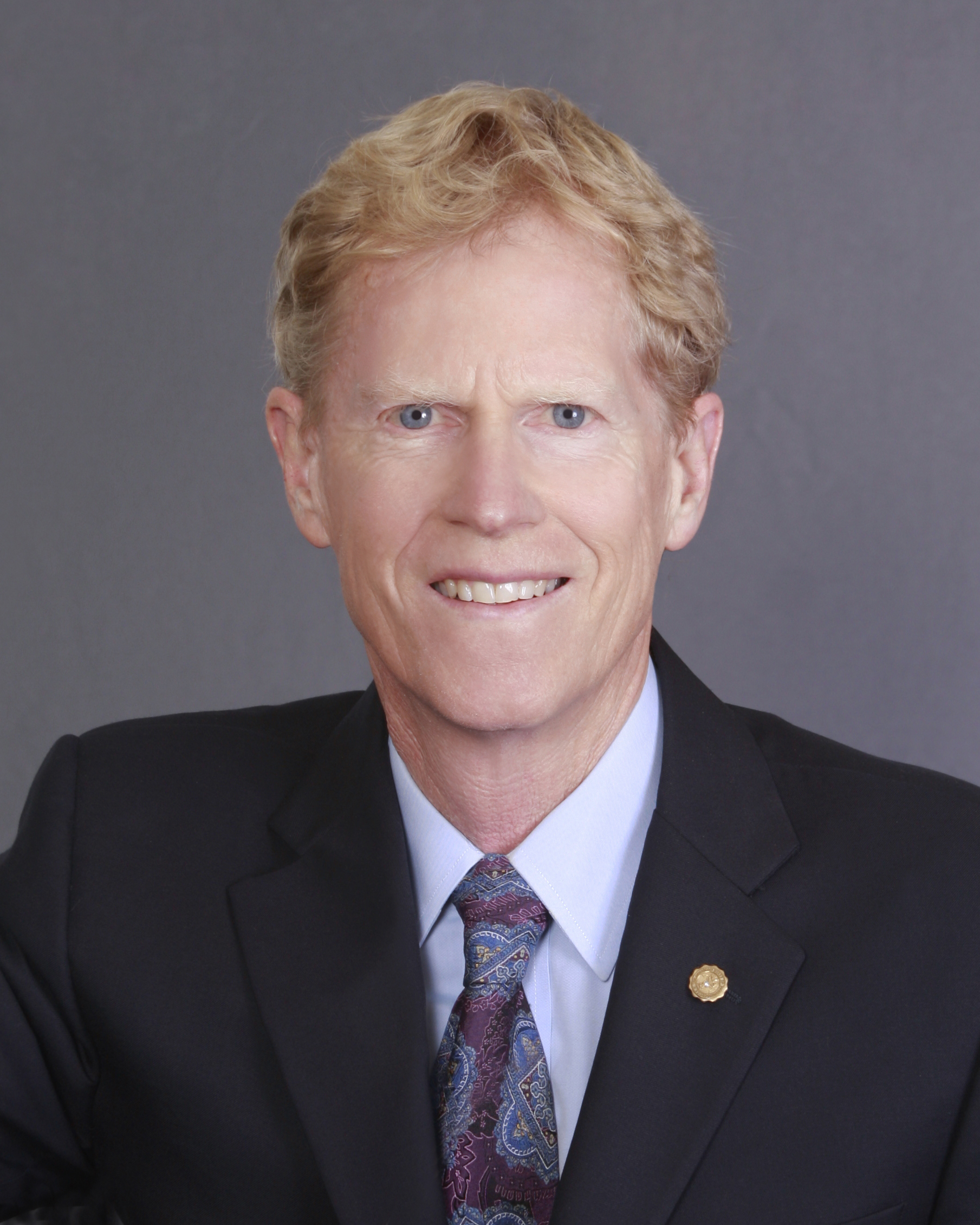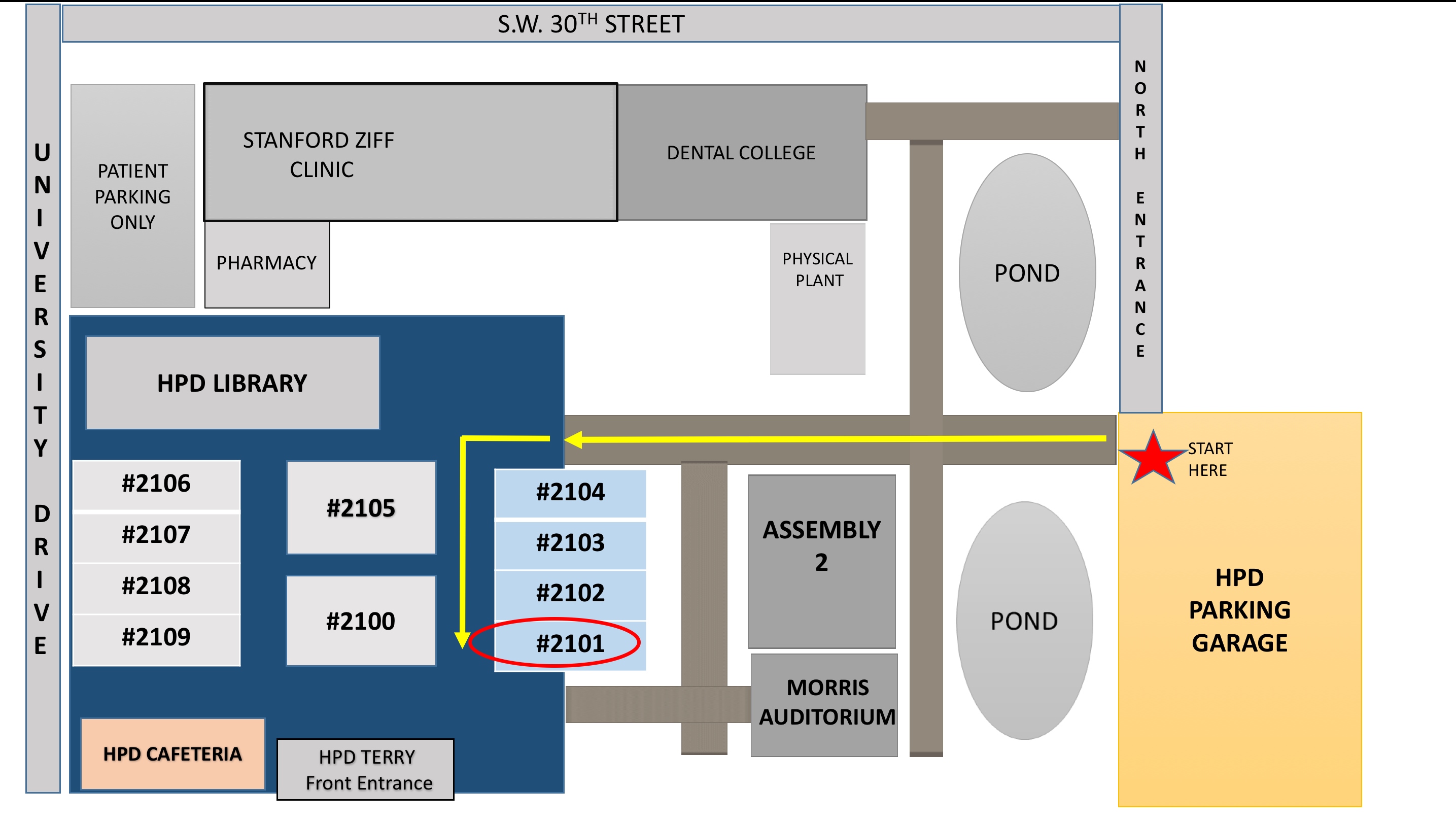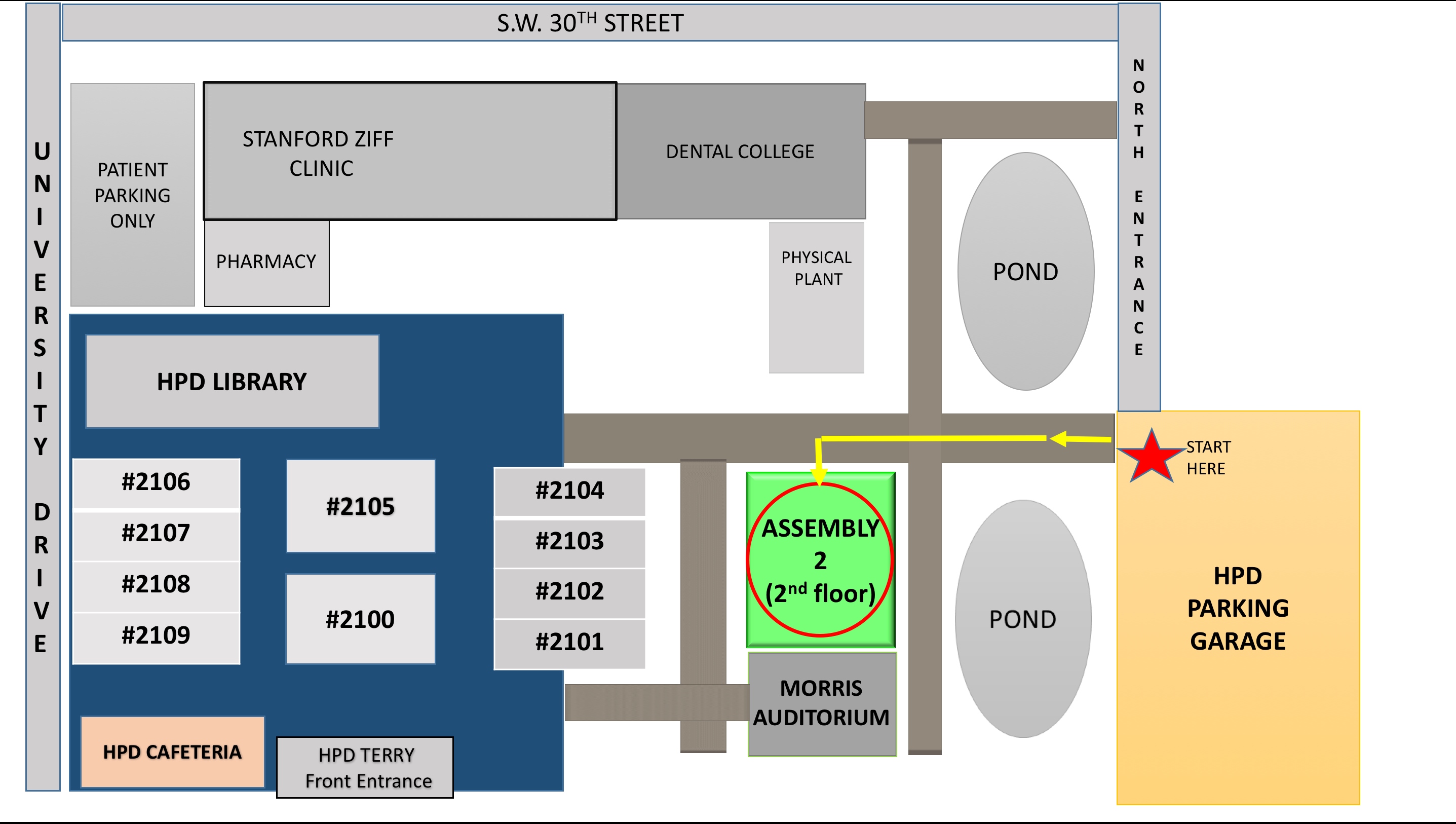Risk Assessment when Treatment Planning with Dental Implants
Registration Details
Date/Time:
Friday, 07/12/19 9:00 AM - 5:00 PM
Saturday, 07/13/19 9:00 AM - 12:00 PM
Format(s):
Lecture
Credit Hours:
10
Implant Maintenance & Implant Complications
COURSE DESCRIPTION
How do you communicate treatment risk to patients? When treatment planning with dental implants, we know there is some biologic uncertainty and the potential for implant failure. What is the best way to estimate and communicate this risk? Most of us were trained to identify and disclose treatment risk during the patient history and clinical examination. When we identify a patient that smokes cigarettes, we will often explain that their risk for implant failure is higher and that they should stop smoking. When we diagnose periodontal disease, we recommend a deep cleaning before considering implants.
Although identifying individual risk factors such as smoking, periodontal disease, diabetes or bruxism is important, even more important is estimating aggregate risk based on an organized review of relevant risk factors. In this program we will briefly review general information on risk assessment and risk management. In medicine, there are over 200 risk assessment patient questionnaires that are used to provide an estimate of various health outcomes. Examples include estimating an aggregate risk score for stroke, breast cancer, prostate cancer or diabetes.
Calculating risk involves first establishing a health outcome of interest. In our case, we chose the risk potential for adverse biologic complications that would include extensive bone loss and/or dental implant failure. Our literature review identified 20 risk factors that individually and collectively could contribute to biologic complications with dental implants. We created subscales to better reflect patient-specific risk for many of the risk factors included. For example, based on a critical review of the literature, smoking fewer cigarettes (20 cigarettes/day). This program is about how to use a simple patient questionnaire to estimate the aggregate risk of dental implant failure. During the session, the program information will be reviewed with clinical examples and videos. The goal is about creating value for patients seeking dental implants. In private practice settings where this risk assessment algorithm has been used, patient acceptance and clinician feedback has been positive.
COURSE SCHEDULE
Friday, July 12
IMPLANT MAINTENANCE
8:30 am. - 9:00 am. Registration & Continental Breakfast
9:00 am. - 5:00 pm. Presentation (Lunch Included)
Saturday, July 13
IMPLANT COMPLICATIONS
8:30 am. - 9:00 am. Registration & Continental Breakfast
9:00 am. - 12:00 pm. Presentation (Lunch Included)
INSTRUCTOR BIO

Don Curtis DMD, FACP
Don Curtis is a Professor at UCSF. Dr. Curtis is past president of the Pacific Coast Society for Prosthodontics and American Board of Prosthodontics. He has published more than 80 articles in numerous dental and medical journals. His current research has focused on clinical judgment and professional development, with invited editorials in Medical Education and IJOMI. Dr. Curtis has also evaluated strain in bone supporting dental implants and how strain may impact clinical outcomes. More recently, Dr. Curtis has been involved in identifying best practices for the maintenance of dental implants and how clinicians communicate risk assessment to patients.
EDUCATIONAL OBJECTIVES
- Identify how risk assessment can be helpful in treatment planning, providing informed consent, and providing a patient-specific maintenance plan.
- Identify some of the clinician-based risks that can limit success with dental implants.
- Why should a maintenance plan be risk-based, age-appropriate and account for the type of prosthesis being fabricated?
Location
July 12
3200 South University Drive Fort Lauderdale Florida, 33328
HPD Assembly Building Room 2101 1st Floor
Using the six story HPD parking garage as a reference, walk down the hallway straight through the double glass doors and immediately make a left towards room 2101. Directional signs will be placed.

July 13
3200 South University Drive, Fort Lauderdale Florida 33328
Assembly Building 2 AUD 2-D 2nd Floor
Using the HPD Parking garage to start, walk down the hallway to the first building immediately at your left. When inside walk down the hallway and make a left at the elevator. Take the elevator to the second floor, make a right then down the hallway to the room labeled AUD II-D. Directional signs will be placed with our banner logo.


Nova Southeastern University Office of Dental Continuing Education Nova Southeastern University is an ADA CERP Recognized Provider.ADA CERP is a service of the American Dental Association to assist dental professionals in identifying quality providers of continuing dental education. ADA CERP does not approve or endorse individual course or instructors, nor does it imply acceptance of credit hour by boards of dentistry. Concerns or complaints about a CE provider may be directed to the provider or to the Commission for Continuing Education Provider Recognition at ADA.org/CERP.